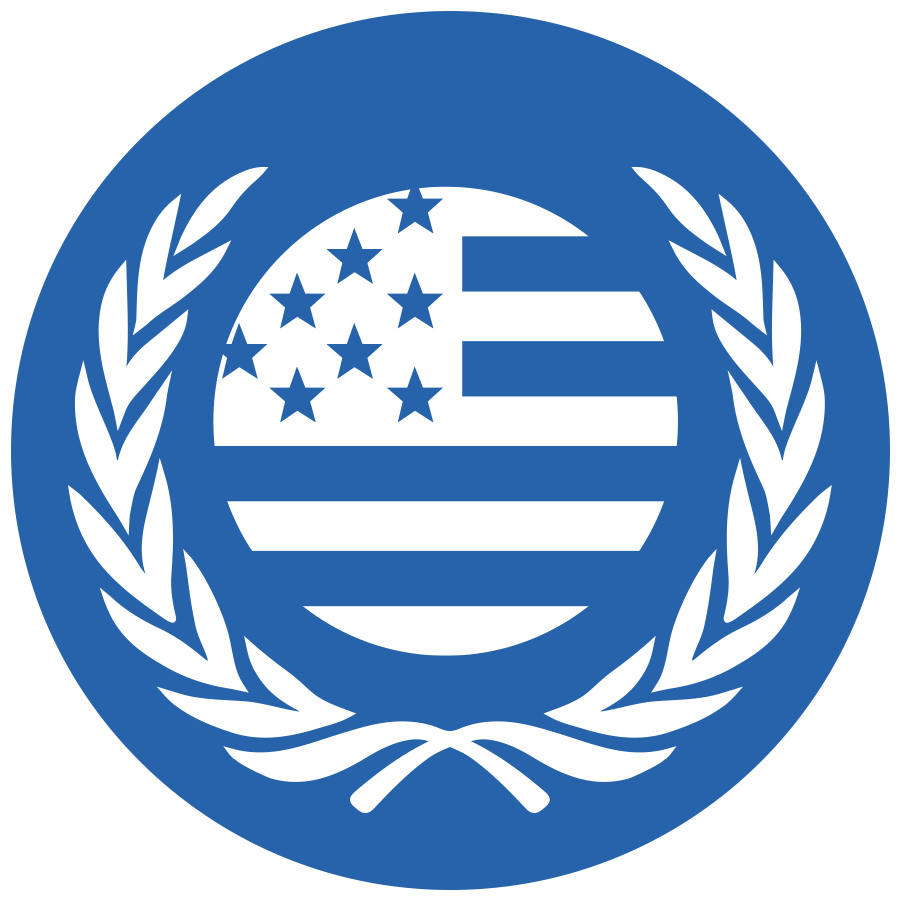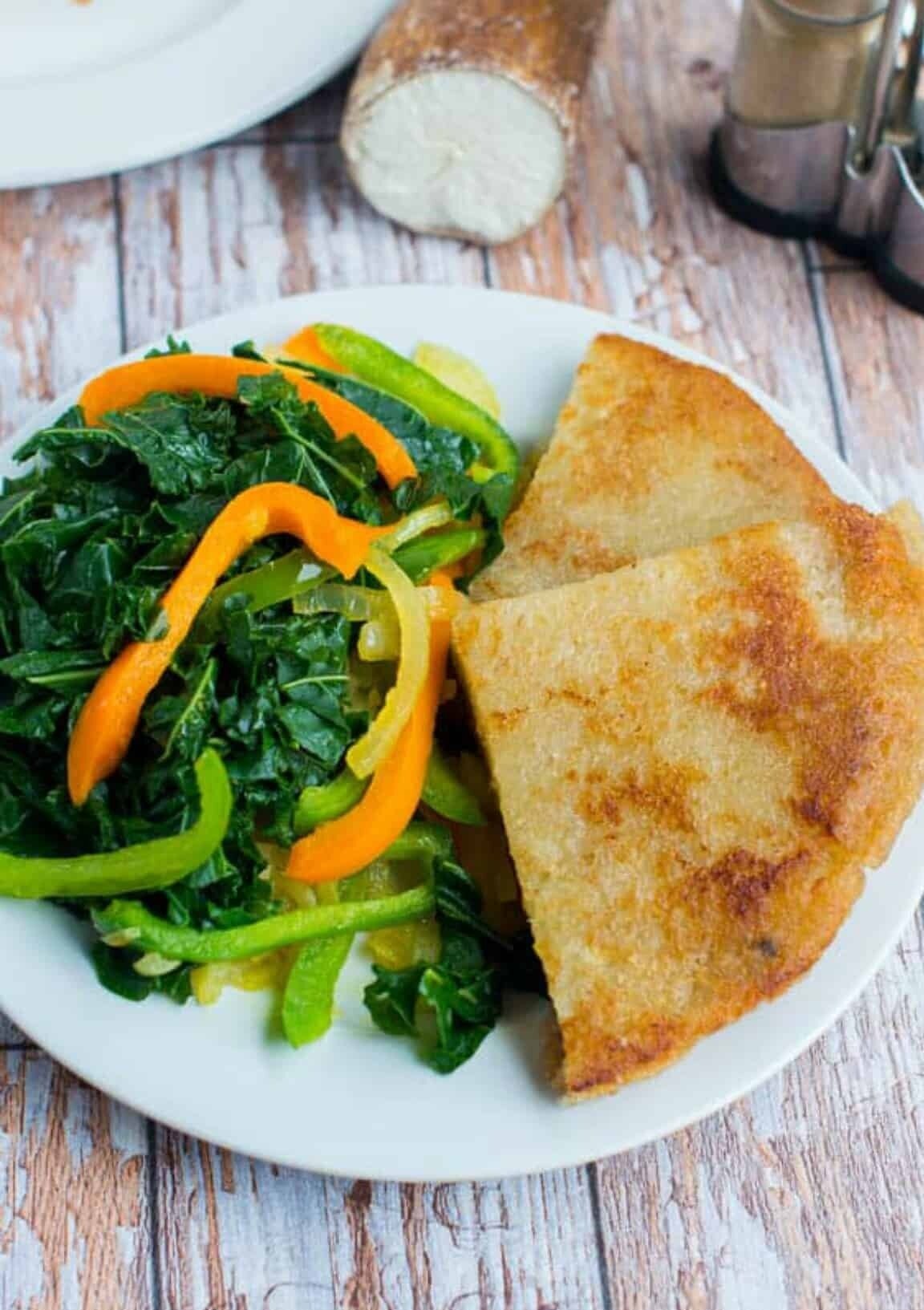Morton Satin
Career Highlights as Senior Food Executive for the Food and Agriculture Organization of the United Nations (FAO)
Trained in Canada as a molecular biologist, Morton Satin is an internationally known food industry and United Nations executive and author with extensive experience in all sectors of the food industry. For 16 years, he served as the senior food executive at the Food and Agriculture Organization of the United Nations (FAO) in Rome, where he directed the Global Food and Agro-Industry program.
The following is a list of career highlights undertaken by UNA Sacramento Board of Director Member, Morton Satin.
Composite Bread and Bread without Wheat
opical developing countries regularly utilize their limited foreign currency to purchase wheat which cannot be easily grown in their climatic zones. The wheat is utilized to produce bread which is a highly desirable convenience food. As head of the Food and Agriculture Organization’s Agro-industry Development Group, Morton spearheaded the program to produce Composite Flours (a blend of wheat and local crops) and together with the Economic Commission for Africa published a comprehensive handbook on the subject. He then personally developed the technology to make typical bread products entirely from local crops, such as cassava and published the technology in the well-known journal, “New Scientist.” This work was internationally acclaimed and supported by St. Theresa.
Bammy bread bounces back thanks to FAO.
In the Caribbean, a traditional form of cassava bread, Bammy Bread, had gone out of favor. Morton travelled to Jamaica and worked with local women’s groups to modernize the product and sell it in a more convenient form. New Bammy Bread became a great commercial success and is sold all over the island and is also exported to the United States, Canada and the United Kingdom, earning much needed foreign currency for local producers.
The full story of this project can be found HERE
Bringing Potable Water to the Galapagos
One of the serious problems faced by residents and visitors to the Galapagos Islands is the lack of fresh potable water. Ships from Guayaquil loaded with potable water regularly visit the Islands and visitors usually bring water with them. A serious environmental nuisance is the plastic from disposed water bottles. FAO, together with Italian Foreign Aid, carried out a demonstration project on Isla Santa Cruz to demonstrate that potable water could be produced by desalinating the undrinkable brackish water occurring in the crevices emerging from the volcanic origin of the island.
Working together with Italian manufacturers of desalination technologies and recyclable plastic packaging equipment, Morton was able to demonstrate the feasibility on brackish water desalination and repetitive reuse of recyclable packaging. Private companies are now employed desalinating water on Isla Santa Cruz where the Charles Darwin Research Center is located.
Inventor of Shelf-Stable Coconut Water
After a delegation of representatives from tropical developing countries asked Morton to help them restore the coconut product market, which had declined precipitously, he felt the sector had to be restructured with new products. In the prior centuries, the only products produced from coconuts were oil, desiccated coconuts and coir (the fibrous husks of the inner shell of the coconut).
Upon doing more research, Morton felt that the most promising innovation would be shelf-stable coconut water. Coconut water was consumed locally in many countries, but it spoiled very rapidly and had to be stabilized if it was to be produced and widely marketed. The problem was that coconut water was very sensitive to heat and could not be pasteurized in the traditional way. So, Morton created a new ultrafiltration method and was granted a UK Patent for the process.
In order to encourage entrepreneurs in tropical developing to adopt the technology, Morton transferred toe patent to FAO on condition that they would make the technology freely available without licensing fees to manufacturers in developing countries. This transformed the coconut sector and in 2019, the annual worldwide market for shelf-stable coconut water was more than $5 billion.
Cash Crop Production for Opium Replacement in Northern Thailand
Morton Satin spent considerable time in the highlands of Northern Thailand screening a large number of fruit, vegetable, medicinal, flower and ornamental crops were for their suitability for cultivation as well as their potential for economic returns as compared with those derived from opium poppy. On the basis of the project’s outcome an ambitious extension program was initiated by the Royal Project Foundation, with support by FAO that supported extension and training for temperate zone fruit crop production in northern highlands. This project was expanded into marketing the fruits to the urban centers of Chang Mai and Bangkok and its success was eventually leveraged into a much larger reforestation project in cooperation with the Royal Thai Army and the Royal Thai Forest Department.
International Support of Food Safety
Morton Satin served as Scientific Secretary of the WHO/FAO/IAEA International Consultative Group on Food Irradiation (ICGFI) advocating those technologies that provided improved food safety for all consumers. In particular, support was given to technologies that provided the same freedom from foodborne diseases in solid foods that pasteurization gave to liquids. The most popular technology to accomplish this was regulated food irradiation, which also found significant use in the phytosanitary control of pests in various tropical fruits. Morton published a number of books on Food Safety and Food Irradiation to ensure that consumers around the world were fully informed on these subjects.






Follow our journey.









